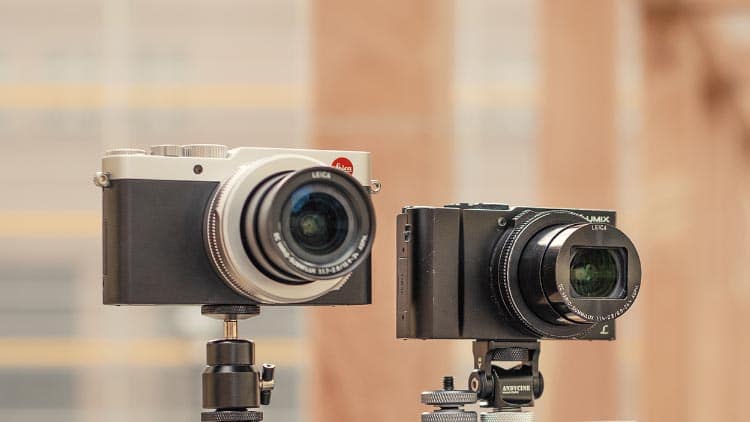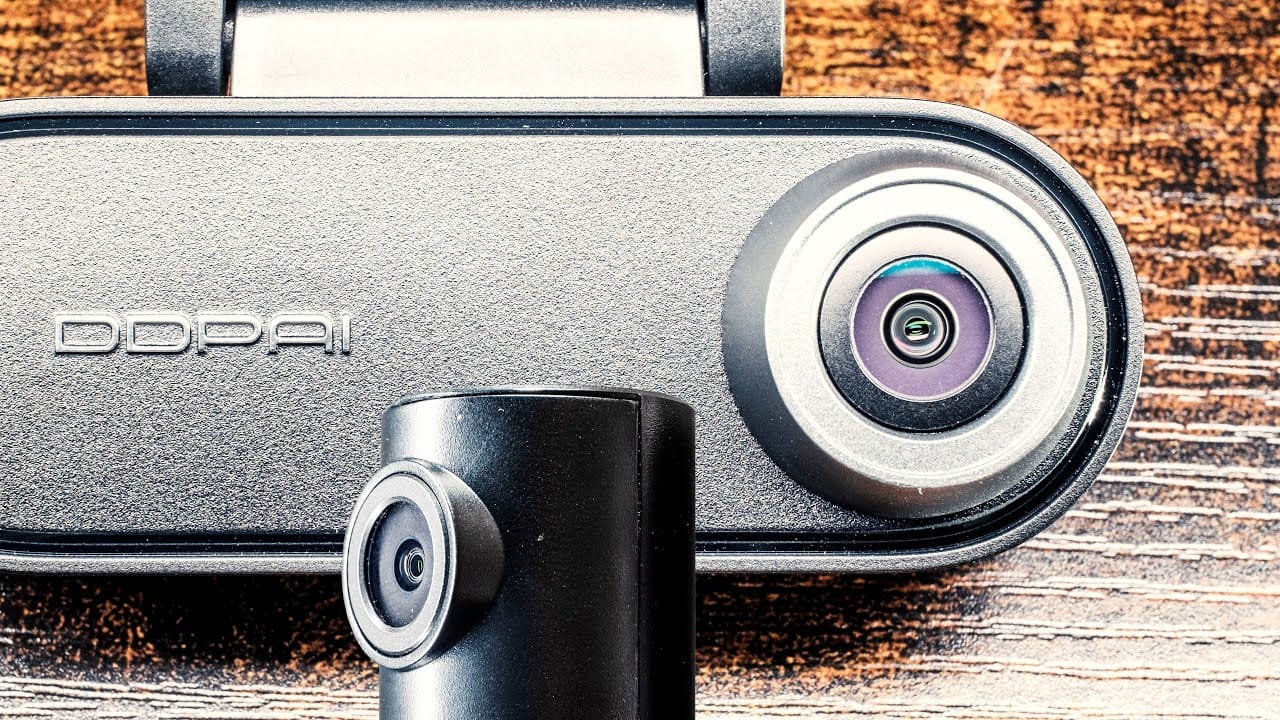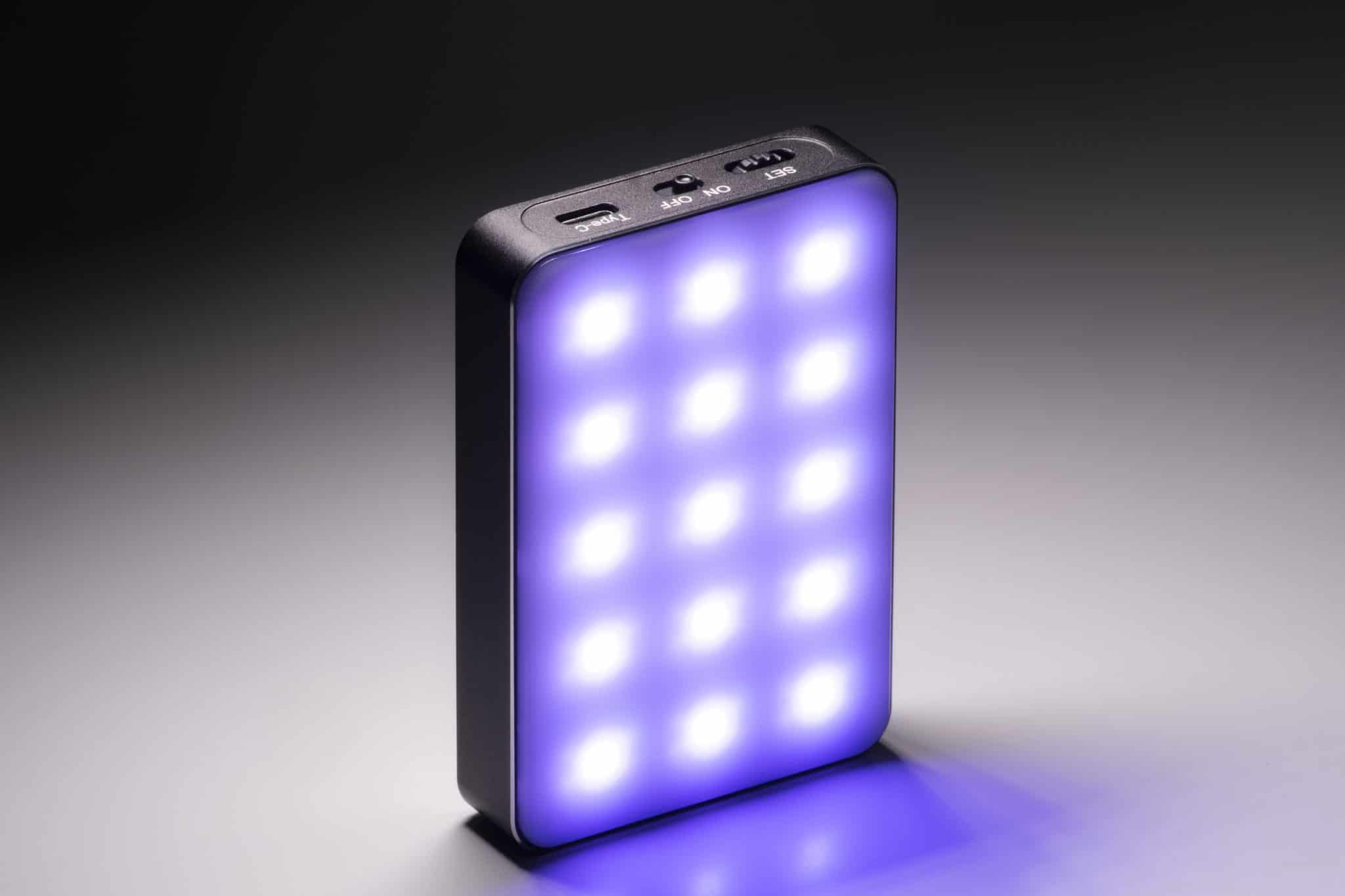While the sales for compact cameras are declining due to the increase of good smartphone cameras there are still a lot of reasons to use those small cameras. We have been using point-and-shoot cameras as B-cams on certain Projects and often found the results surprisingly good. But not everything about these tiny companions is great as you will see in our video below, which takes a closer look at Panasonic’s popular LX series.
A few years ago I decided to pick up an LX100 from Panasonic which was a very simplified version of the popular GH4 and could already shoot 4K video at 24p, 25p and 30p. And to be honest the image looked great and almost exactly the same as the GH4’s. We even used it as a B-cam on some commercial productions. The colors, the dynamic range and detail, when it came to the image there was really nothing to complain about besides some noise in low light. We also mixed it with full-frame footage from Sony’s A7S II and nobody could tell which shot was taken with which camera.
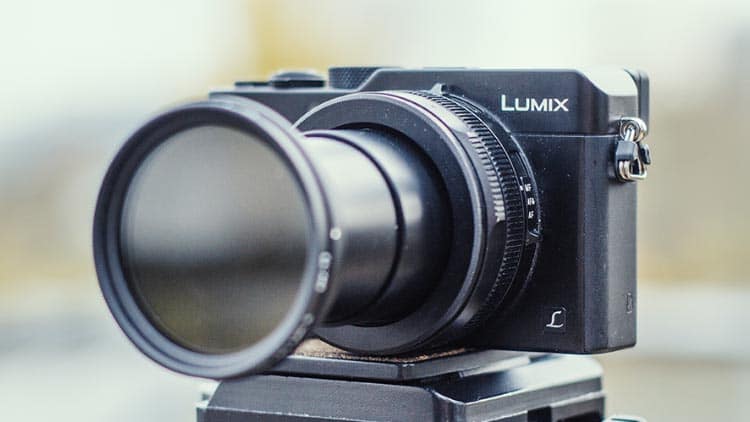
The aperture of F/1.7 to F/2.8 also allowed for a decent shallow depth of field which most other point-and-shoot cameras were lacking. The best part about the LX100 was probably the design. It had a nice grip and probably more manual dials than a Fuji camera. But it was far from perfect. The screen was fixed, the image stabilization didn’t work that well, the zoom was pretty slow and it also didn’t have a microphone input. It also didn’t have an internal ND filter to better deal with bright light when filming outdoors but that was okay because it had a filter mount at the front. And it liked dust a little too much. After while it was almost impossible not to get some dust inside the lens which then forced users to only shoot wide open. But nonetheless is was a good camera that was fun to use.
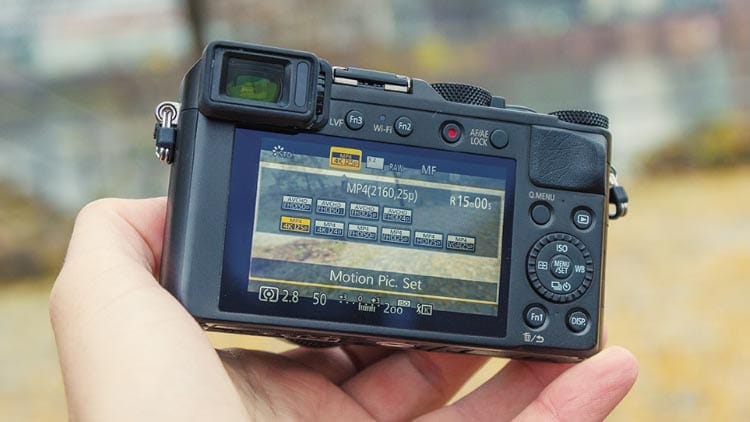
In 2016 Panasonic introduced a simpler, smaller version of the LX100 which they called the Lumix LX10 or LX15 in Europe. The big advantage of this camera was the new touch screen which could flip up. The downside was a heavy crop when filming in 4K, no filter thread so no way to mount and ND filter and something else I didn’t notice in the beginning.
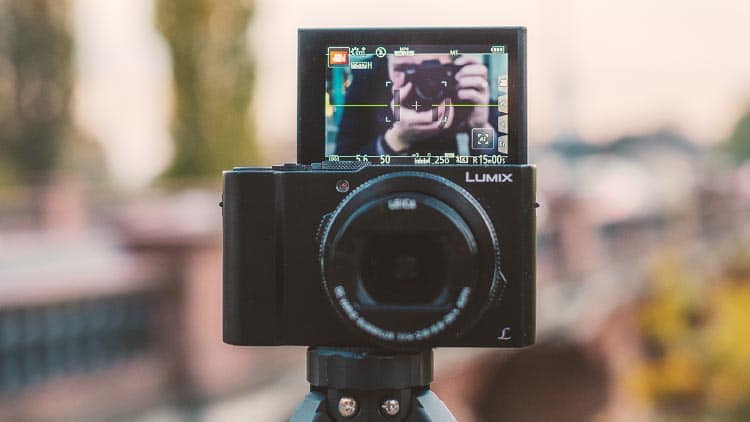
For travelling this really was the perfect camera because it fit in any pocket because the zoom lens didn’t stick out when turning the camera off and it didn’t have many manual dials. It was the perfect match for small gimbals.
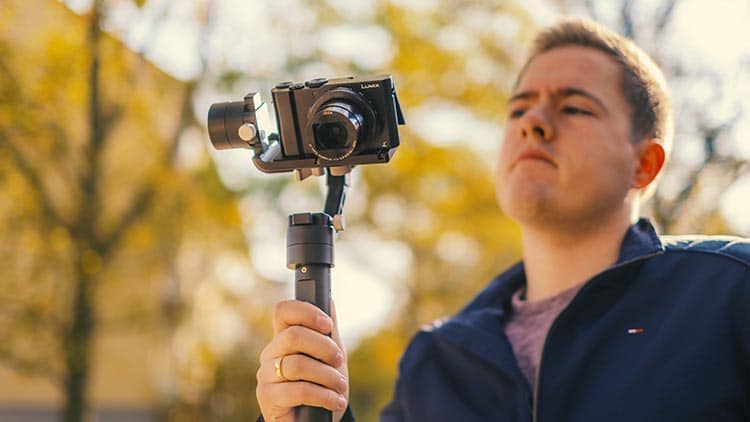
Besides the 4K video crop there was another issue which many people including me didn’t realize at first. The dynamic range when filming was pretty bad. Even when turning down the shadows and contrast in the picture profile settings there was not much improvement. Everything that was dark, not black, but just dark turned into pitch black. The camera’s new color profile which Panasonic changed at one point of time, crushed the blacks in a way that couldn’t be recovered in post. To be clear, this was not an issue when taking photos but specifically when recording video.
In 2018 Panasonic finally released an updated model of the LX100 but unfortunately there weren’t many updates. The Mark II didn’t only look identical to the first version but the rest of the features weren’t really new either – at least that’s how it looked like when I was looking at the specifications.

Because I really liked the original LX100 and because I was disappointed by the dynamic range and crop of the smaller LX10 I wanted to give the LX100 II a try. But as it turns out German camera manufacturer Leica also releases the same models under a different name so I thought why not try a fancy Panasonic? The Leica D-Lux 7 is almost identical to the Panasonic LX100 II except that the ergonomics and some buttons are slightly adjusted. The menu is also designed differently but from the features the two cameras are twins.
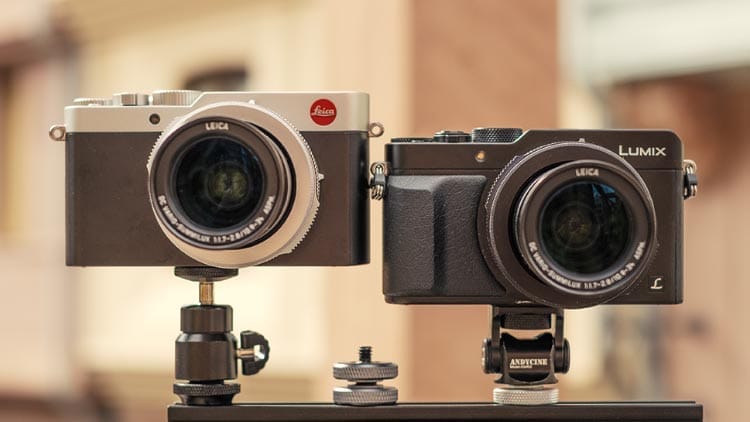
The camera has a touch screen which makes focusing much easier thanks to the touch focus function which even works in manual focus. But I would have rather seen a tilt or flip screen than a touch function. Luckily for filmmakers the camera has adjustable focus peaking and even zebra to see which part of the image is overexposed. Even the audio levels of the internal microphone can be controlled manually.
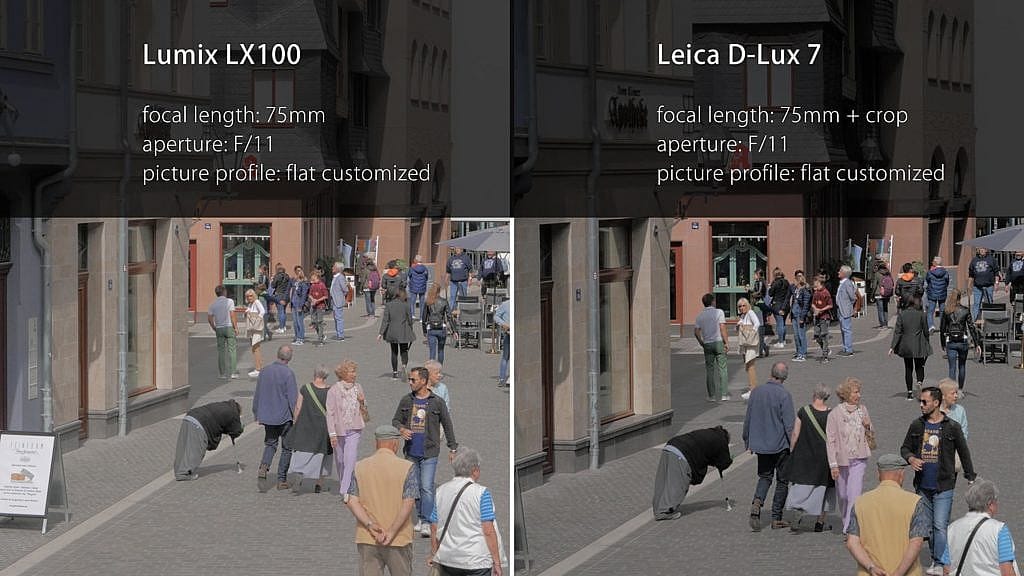
Even though I knew there wouldn’t be many new features except an improved auto focus I also didn’t expect the camera to be worse than its predecessor. But when it came to recording video I ran into the same problems that the LX10 already had. The camera had a slight crop in 4K, not too bad but still disappointing and much worse it also had a rather bad dynamic range. Here’s a comparison of the three cameras. As you can see the shadows are always black. There is no detail left, just pitch black. And again, when taking photos the dynamic range is great and slightly improved over the four year older camera but in video mode it’s worse.
One of the best things about all three of these small cameras is the timelapse mode which doesn’t require an app or an intervalometer. The sequences can be saved as video files and raw or JPEG files.
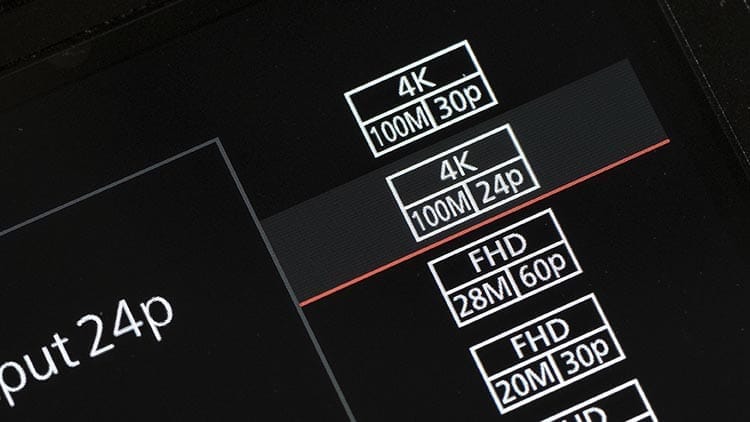
For photography the LX100 Mark II or Leica D-Lux 7 has some advantages over the original LX100 but when it comes to video the image of these newer cameras looks worse which really is a shame especially when looking at the prices. Leica charges 1200* US Dollars while Panasonic charges 900* Dollars (*July 17, 2019). And the worst part is that the Leica can’t even record 25p or 50p even though it’s a German company and the standard in Europe is PAL and not NTSC. So if you’re an LX100 user I don’t see a reason to get the Mark II unless there’s too much dust on your lens but that can very well happen again with the LX100 II.
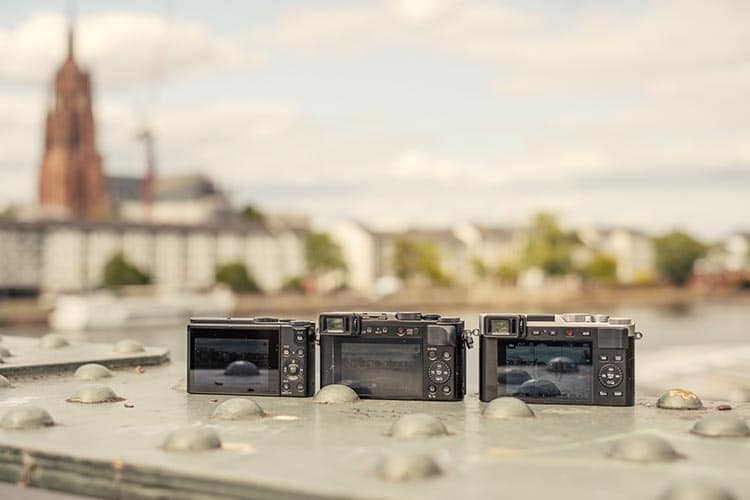
Of course that doesn’t mean that the LX100 II or D-Lux 7 are bad cameras because there is much more to a camera than just the image quality and specifically the dynamic range. But it’s sad to see that there isn’t much improvement in general with the features in Panasonics point-and-shoot product line-up.
So what’s the take away? New doesn’t always mean better.
Written by filmmaker Moritz Janisch on August 7, 2019
